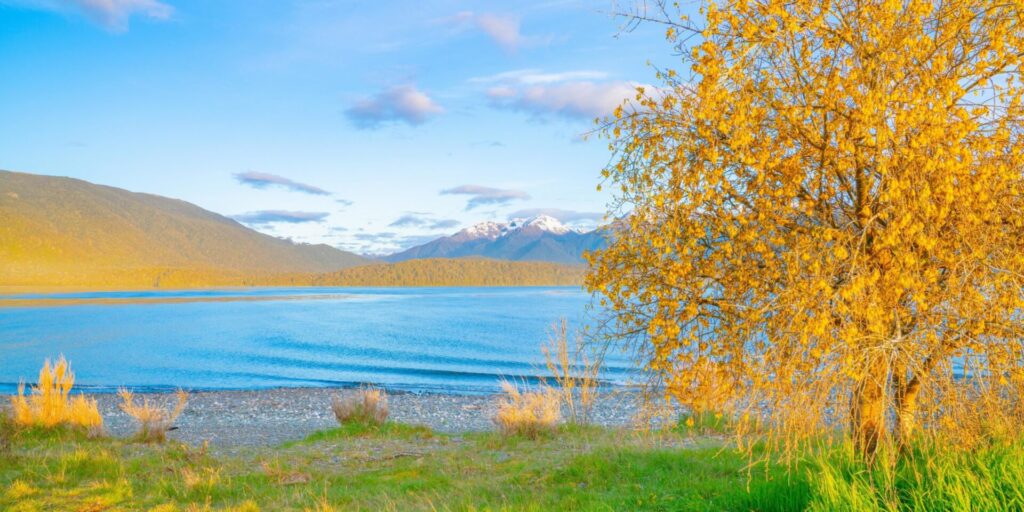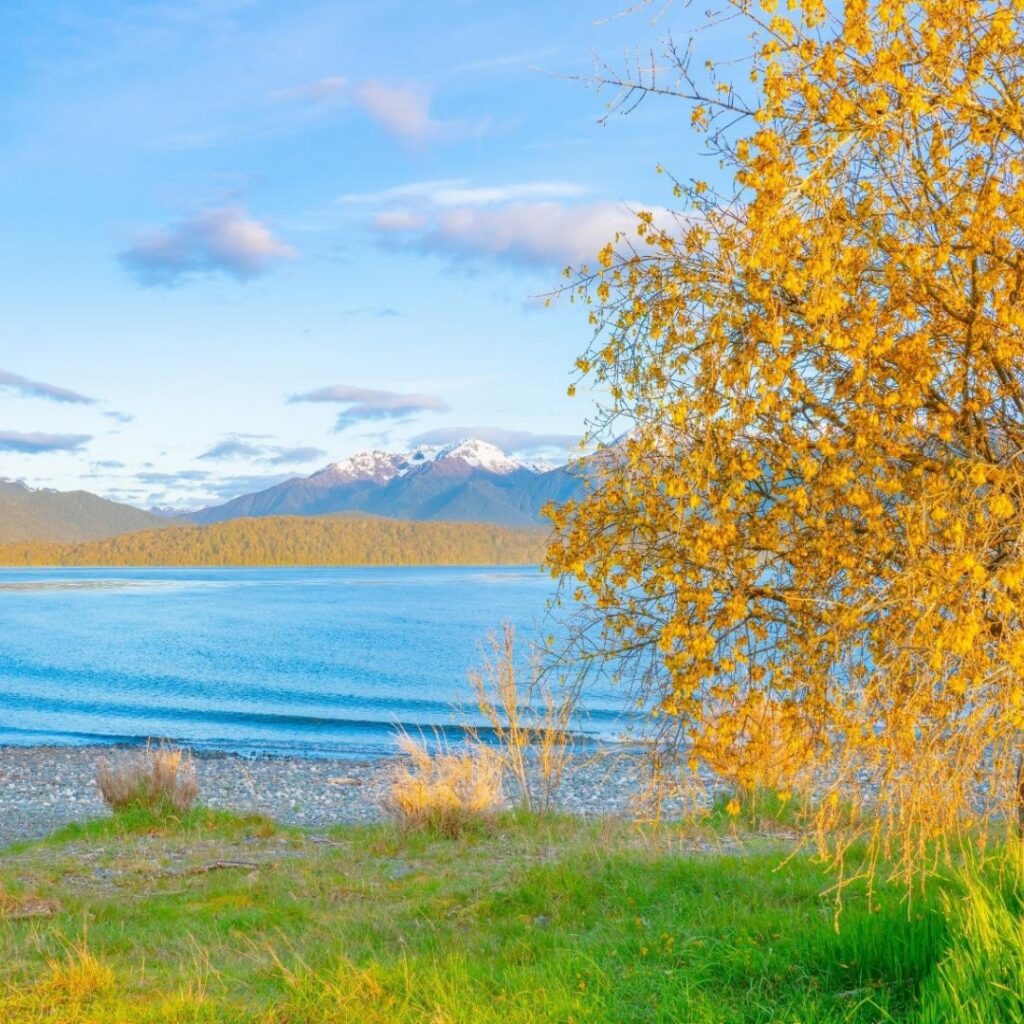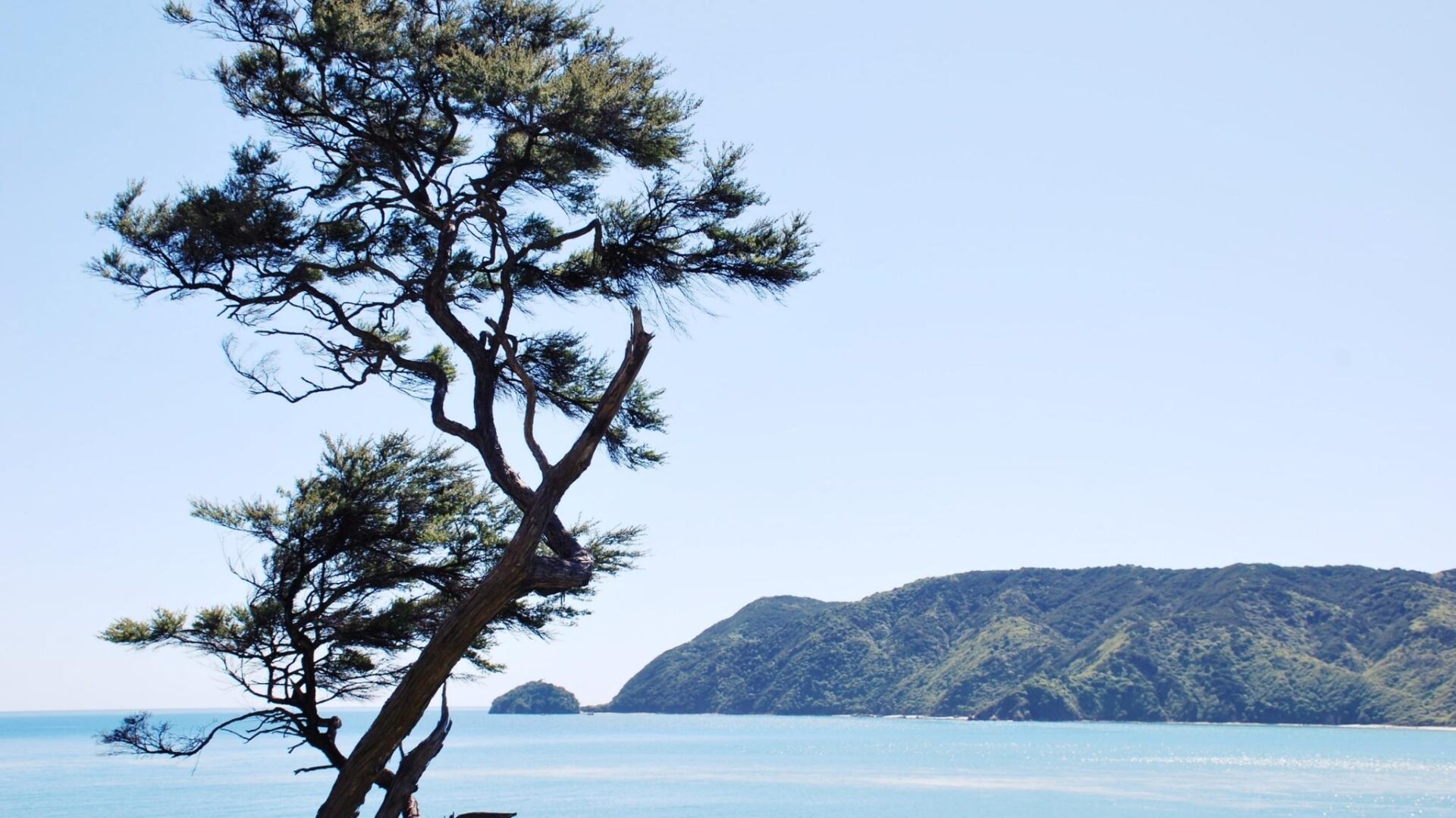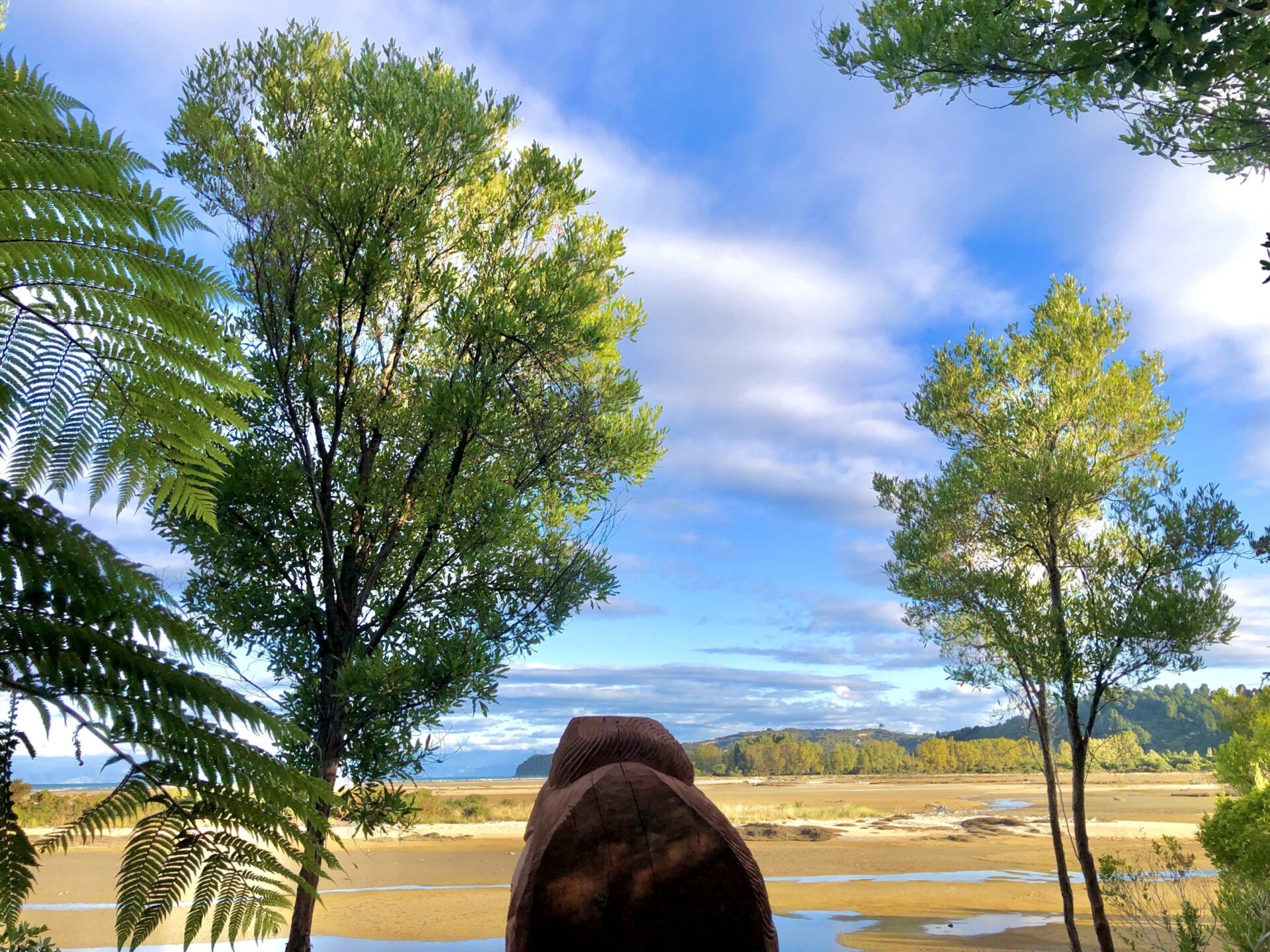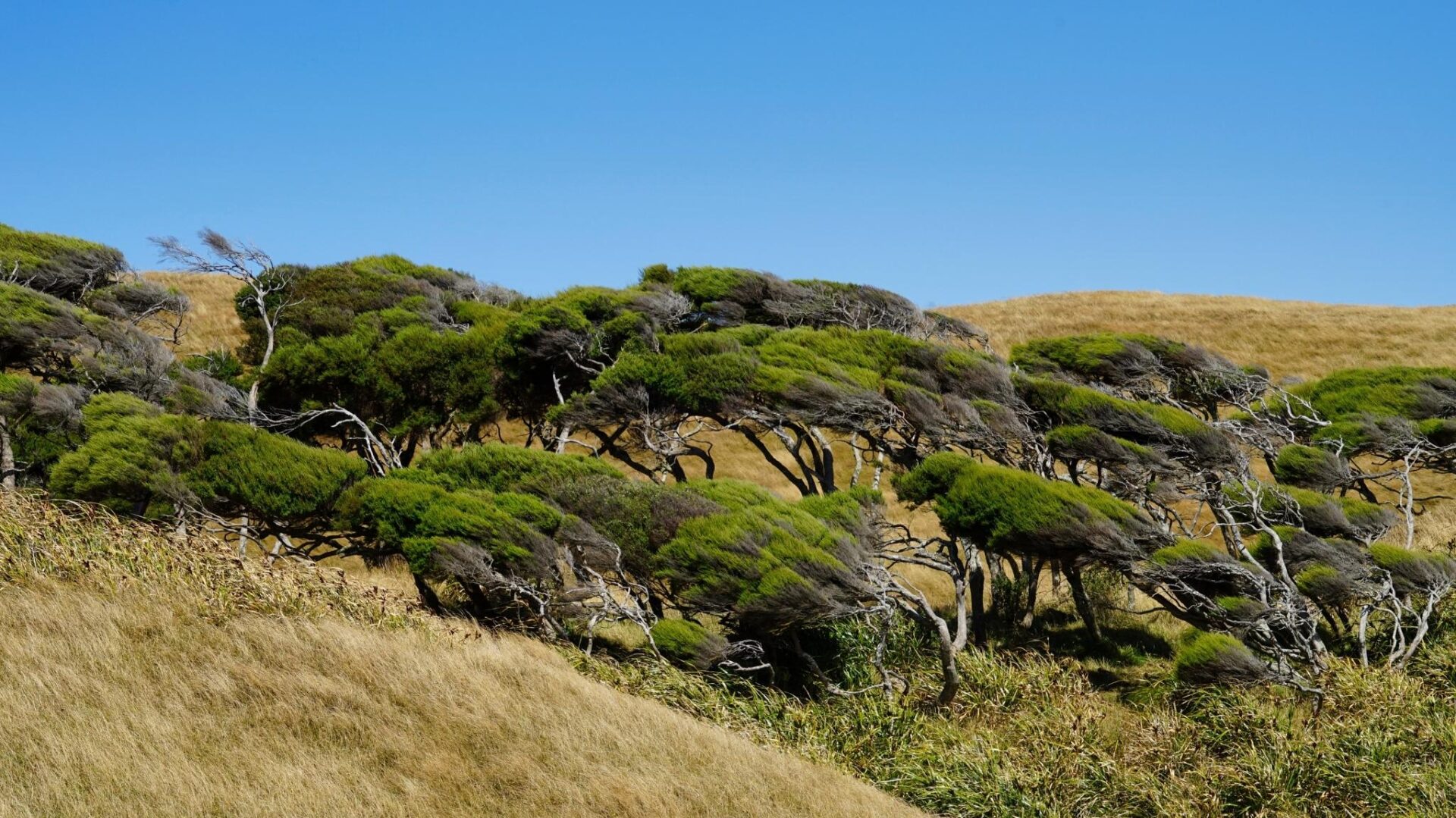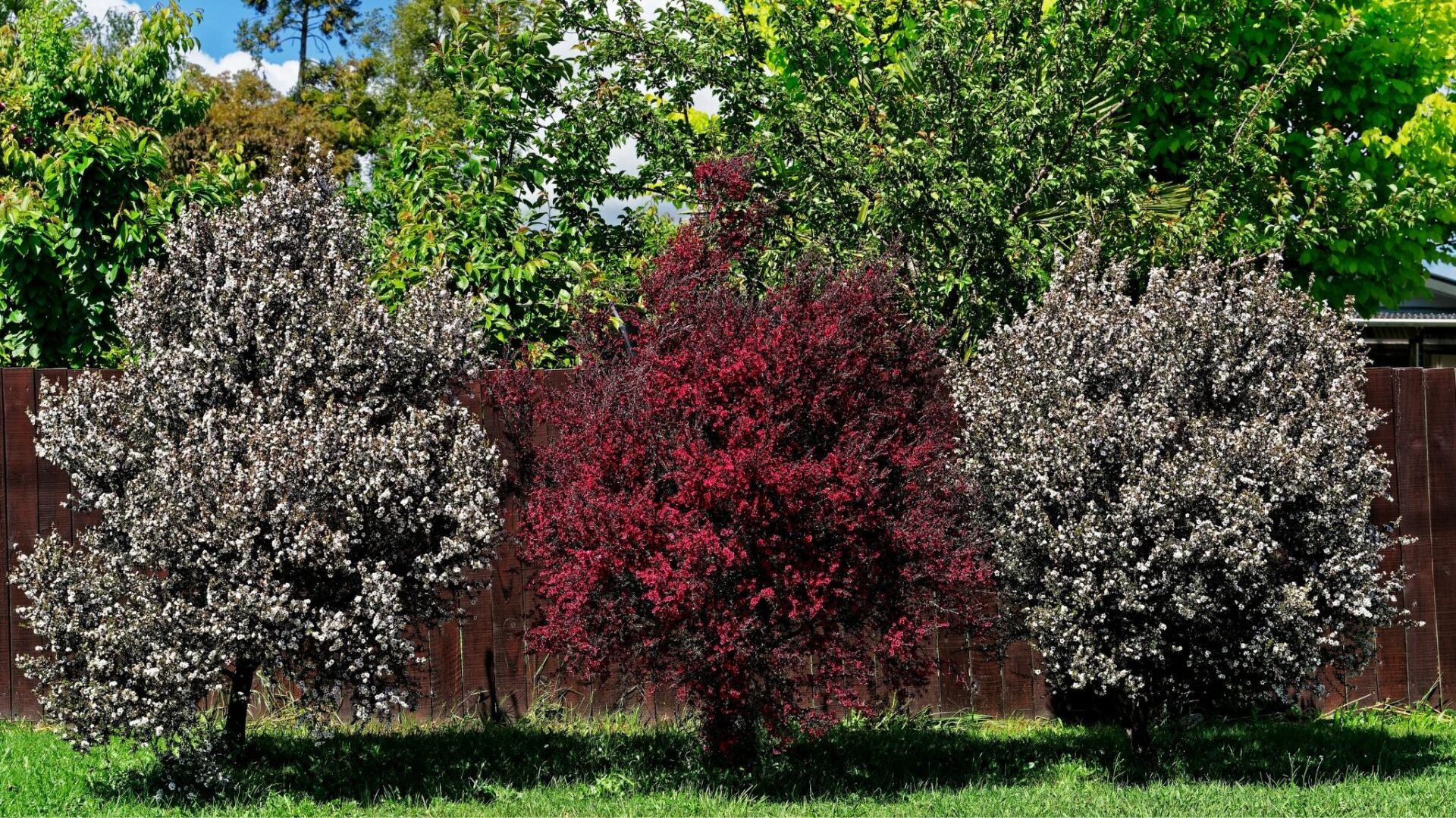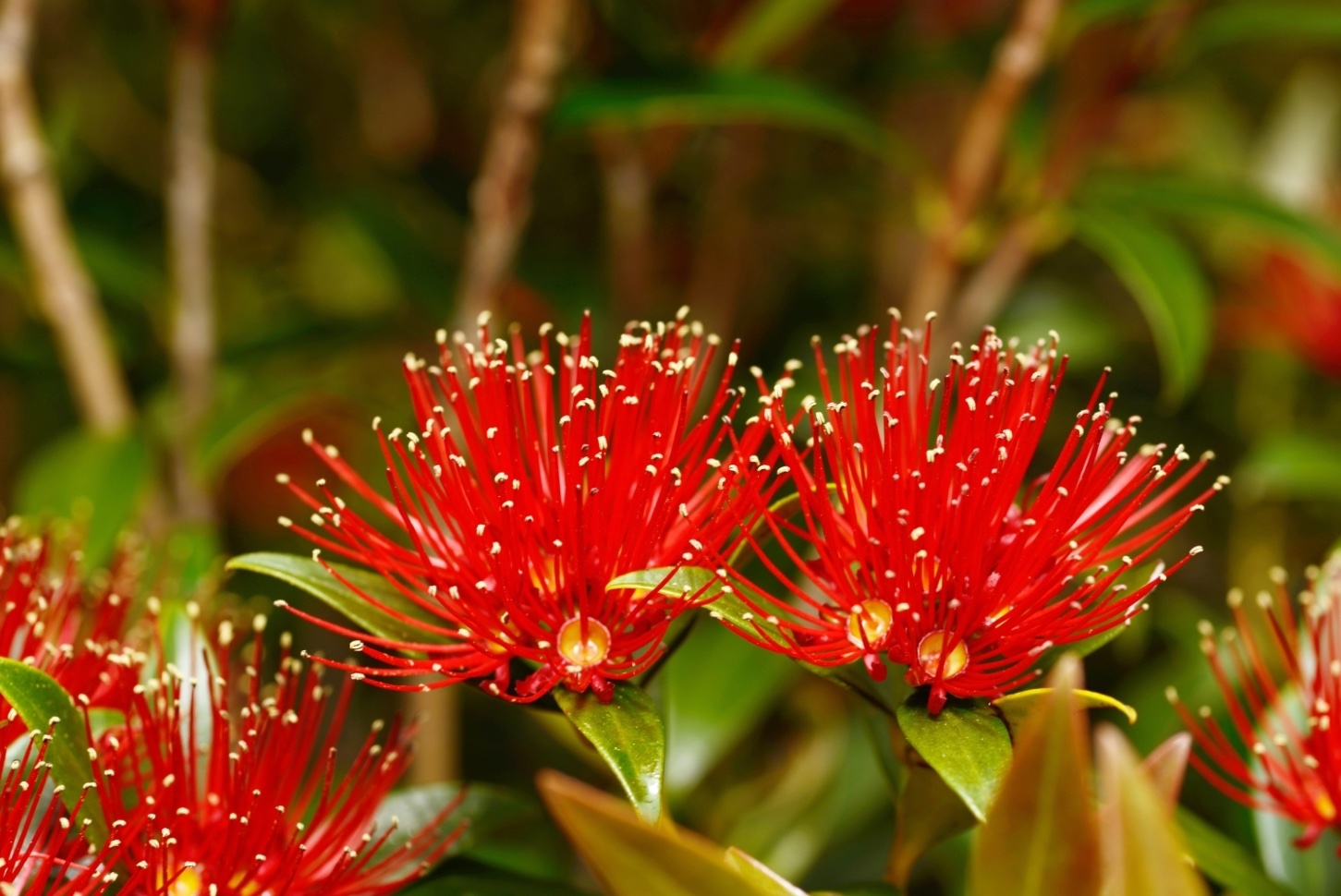The vibrant and multi purpose Kowhai tree is a national treasure of New Zealand. There is something truly magical about seeing them in full yellow bloom surrounding peaceful spaces throughout New Zealand. Growing a Kowhai also helps to support the native bird pollution by increasing their food sources.
This resource has been created to help you to get more familiar with the Kowhai’s history and variety of uses, support you with caring for your Kōwhai and provide links to projects where Kōwhai are at the forefront.
Traditional and Medicinal Uses:
The botanical/Latin name has the following meanings. Sophora is an Arabian name for a tree with pea shaped flowers and tetraptera means four-winged seed. Kōwhai is the Maori name and means yellow.
This iconic tree has a long history within Maori culture. Rauraha is the term applied to Kōwhai when bursting into bloom and Punga is the term applied to Kōwhai when the flowers begin to fall. The vibrant coloured flowers also make for a vibrant natural dye and the wood of Kōwhai is dense and strong and has been used in the past for tools and machinery. Kōwhai is said to symbolise personal growth and helps people to move on from the past with a renewed sense of adventure.
Maori also recognised the Kōwhai’s medicinal properties, poultices were made from bark and applied to wounds and tumours. An infusion of barks (a tea) from the Kōwhai and Manuka was used to treat internal pain, bruises and broken limbs. Wood ash from the Kowhai was used to treat ringworm. However, Kōwhai is generally considered poisonous to humans as it contains the toxin Cytisine, so please only use as guided.
In 1925 famous Maori All Black fullback George Nepia burst a blood vessel in his leg while playing. A doctor advised operating, but Nepia opted for a Kōwhai cure, lying in a bath of boiled Kowhai bark for two hours with a series of small nicks in his leg. It drew the infected blood out of his leg and in a week Nepia was back playing. What a remarkable natural remedy.
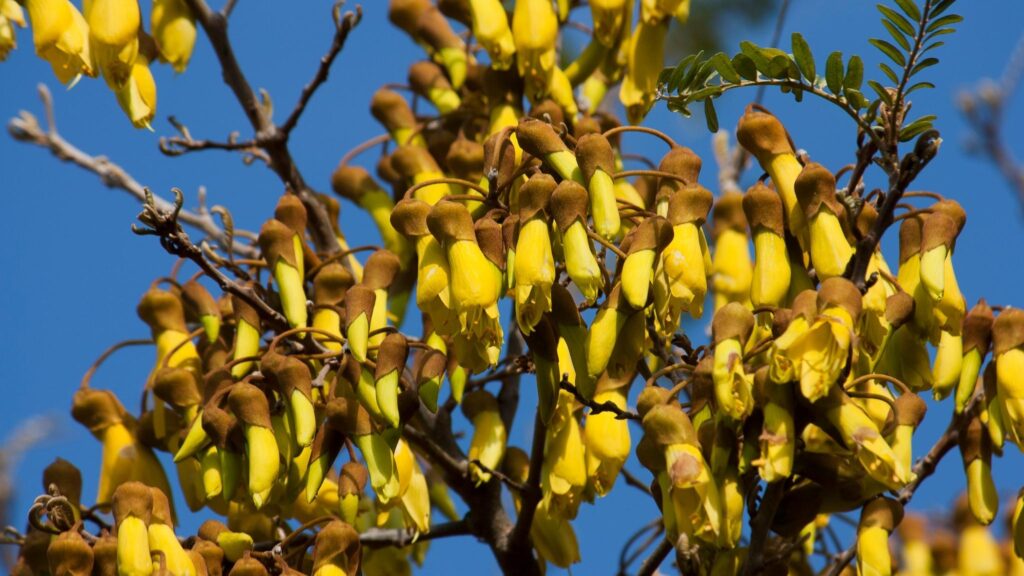
Caring for your Kōwhai:
From a seedling
- Your new seedlings can stay in their punnet until they are about 8 cm tall and roots are beginning to come out the bottom of the pot.
- At this point it’s time to move them on to a larger pot on their own. A good sized pot at this stage is about 5 cm x 12 cm.
- Extract your seedling from their cell (push from the bottom) taking care to avoid damage to the roots. Try and ensure soil remains attached to the root plug that you remove.
- Partially fill the new larger pot with potting mix, place the seedling centrally in the pot and fill the remaining space with potting mix until level with the base of the seedling.
- Water the pot.
- Your seedlings will be happy in a pot this size for the rest of their first year.
2nd year
- You’ll need to repot your plants into a larger pot (about 2.5 litre capacity) after their first year to ensure they have plenty of resources to get them to a size suitable for planting out in the wild.
- A suitable size for planting out might be reached after just two years. Ensure some slow release fertilizer is applied each spring.
Planting them out
- Choose a site with some soil! Ideally moderately fertile, free draining soil in a sheltered, sunny position.
- Soak pot in bucket of water before planting, as peat based mixes can have dry spots in centre of root ball despite appearing wet on surface.
- Dig a hole wider and deeper than the container.
- Make sure there is plenty of loose soil beneath the root ball.
- Water the hole before planting if possible.
- The hole should be deep enough to leave a shallow depression after all roots are covered. The depression will direct rain and any watering to the roots.
- Ensure soil covers all roots. Exposure of roots will lead to drying-out of peat-based mix.
- Firm the soil around the plant but avoid heel-ramming which can cause roots to break off.
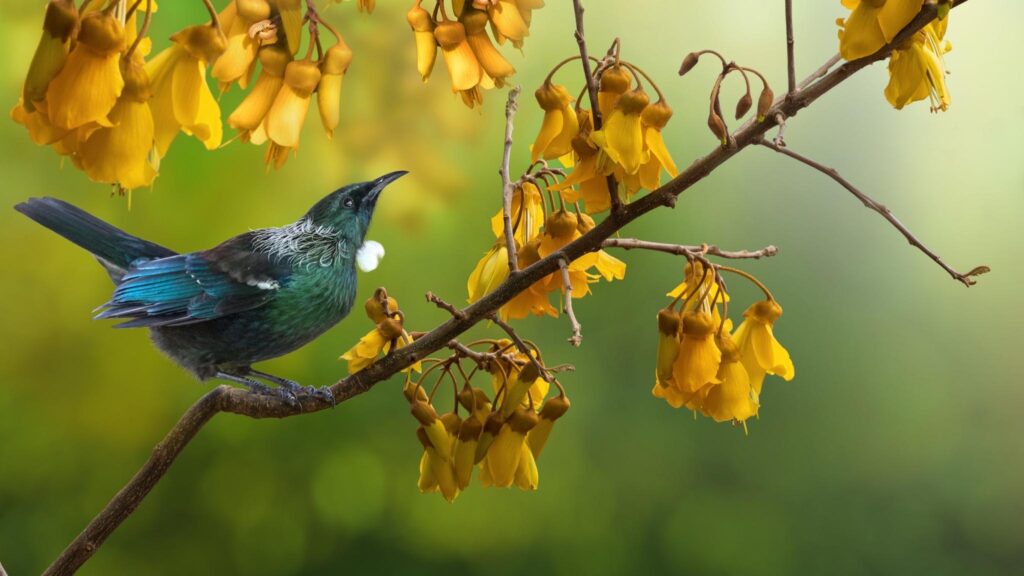
TOP TIP! Watch out for weeds and pests.
Weeds are particularly detrimental in the first 2 years so it is good to check on them more often in this time. Take particular care if herbicides are used to suppress weeds after your plants are in the ground. Kōwhai can easily be damaged or killed from careless use of herbicide sprays.
Your newly planted Kowhai will need protection from both insects and animals. For larger animals it is best to fence them off however if it is rabbits, rodents and hares a netting enclosure might be more suitable. These should encircle the plant leaving room for future growth and be at least 70 cm tall. There are also tree protectors available like the combi guard ones.
For more resources on pest management please look into Predator Free New Zealand, the Department of Conservation or the regional council. Links are in the sources below.

More Facts on the Kōwhai:
A great tool is Tāne’s Tree Trust National Carbon Calculator for planted New Zealand native forests. This tool allows you to work out carbon how much your planted native forest is storing over a defined period of time.
Kōwhai is one of New Zealand’s strongest hardwoods. It is understood that there is a woolshed in the Wairarapa built from Kowhai timber.
The kowhai is also NZ’s only deciduous Tree. Further to this, it is also a legume and its root nodules fix nitrogen. For this reason, as well its appeal to bees and birds in spring, we like to recommend it for fenced off creek areas on livestock farms as well as around orchards.
Projects on the Go
The Tui Corridor is a major habitat restoration programme aiming to return the iconic sound of Tūī song is set to return to Christchurch backyards by planting more Kowhai trees. We are looking to establish an Abel Tasman Flowering Coast running from The Abel Tasman, out of Marahau down the coastline through Kaiteriteri and onto Motueka. We would love to see an awesome wave of Yellow, White and Red through the summer months as well as providing a food source for the bird life.
Project Gold is a Department of Conservation initiated project dedicated to the protection and enhancement of Kōwhai trees in Otago by gathering seeds, growing seedlings and planting a new generation of Kōwhai.
Trees That Count is a national campaign that aims to help plant 200 million native trees by building a picture of the planting efforts in New Zealand every year by counting the native trees which are planted by anyone in New Zealand, add yours to the list!

